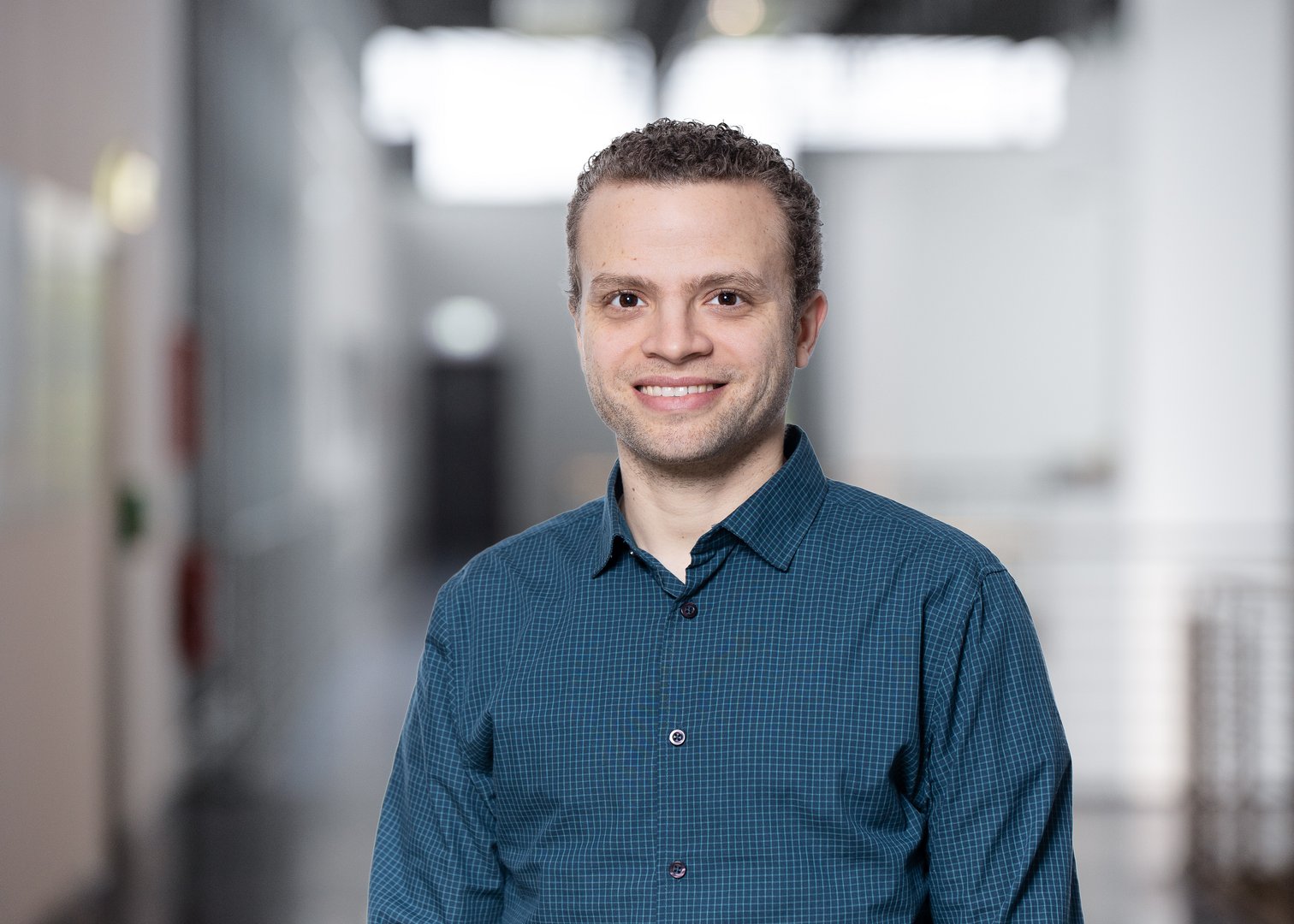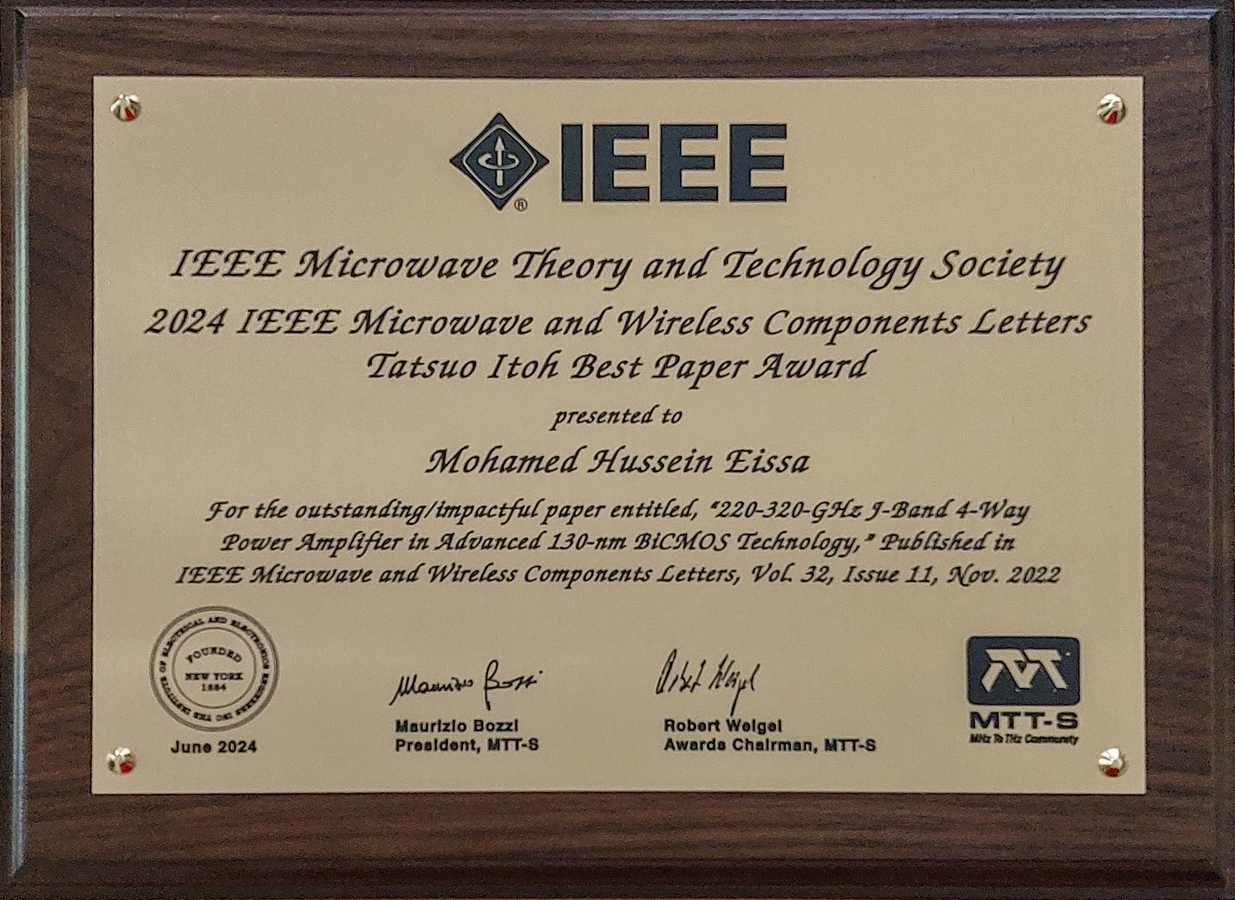At the IHP - Leibniz Institute for High Performance Micro-electronics, researchers led by Dr.-Ing. Mohamed Hussein Eissa have successfully developed a new silicon-based power amplifier that advances technology development beyond-5G. This has been achieved by employing IHP’s most recent SG13G3 technology demonstrating its potential for the further development of new leading edge silicon based sub-THz integrated circuits. The results were published in the IEEE Microwave and Wireless Components Letters and the research was funded by the German Federal Ministry of Education and Research (BMBF). The publication received the highly ranked 2024 Tatsuo Itoh Paper Award for the most significant contribution among articles published in this publication. Technical excellence, significance of contribution and presentation are judged.
Power amplifiers are necessary for boosting the signal-strength of transmitted signals. The electrical signal travels through several cascaded amplifier stages before it reaches the output of the integrated circuit or the antenna of the transmitting system. The demand for such integrated circuits in our connected world is high due to the fast
growing need of communication and radar technologies.
“The presented power amplifier achieves twice better bandwidth with 1.5 times better efficiency than the state-of-the-art silicon-based amplifiers above 200 GHz,” the leading scientist Dr.-Ing. Mohamed Hussein Eissa explains. Since October 2014, he has been working with the Leibniz Institute for High Performance Microelectronics (IHP), Frankfurt (Oder), Germany, as Research Scientist and then Leader of the Millimeter-Wave and THz Sensors Group, Circuit Design Department.
Further emerging application fields for advanced power amplifiers as developed by IHP are sub-THz imaging systems for security applications or joint communication and sensing systems which will become relevant for the upcoming 6G standard. Here the transmitted radio signals are used for communication and at the same time also the location of objects, supplementing classical radar approaches.
The research was conducted in the context of increasing the utilization of silicon technologies at sub-terahertz frequencies which consists of the spectrum between 100 and 1000 GHz.




